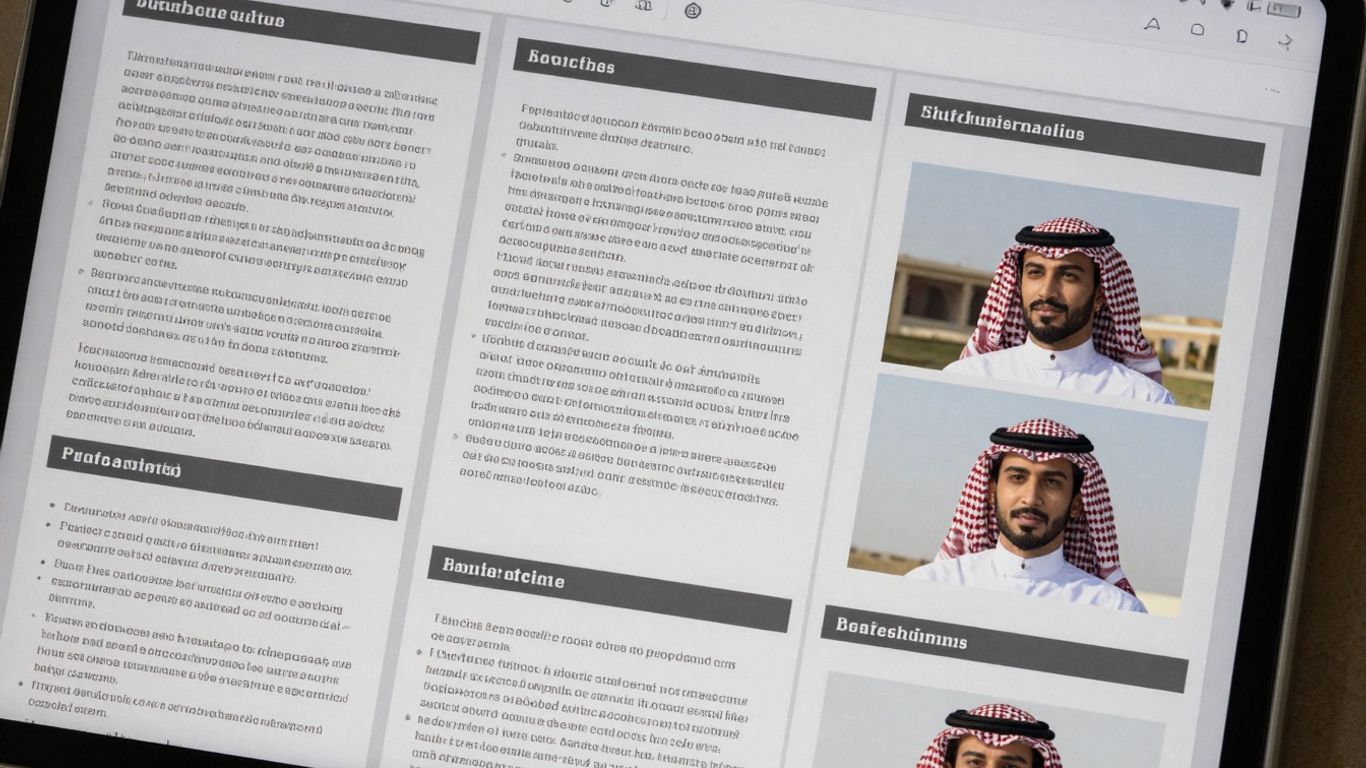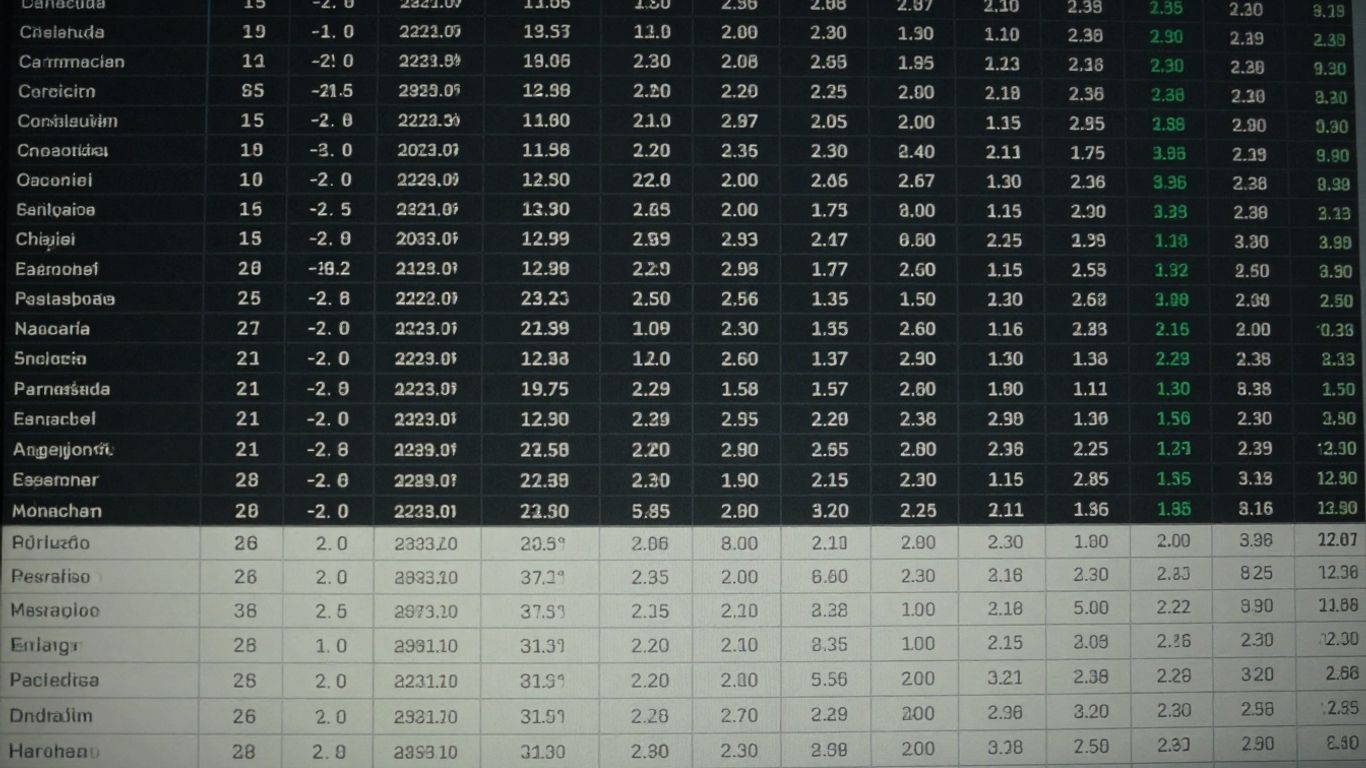[ newsletter ]
Stay ahead of Web3 threats—subscribe to our newsletter for the latest in blockchain security insights and updates.
Thank you! Your submission has been received!
Oops! Something went wrong. Please try again.
Learn how to code smart contracts with this comprehensive guide. Master Solidity, set up your dev environment, and deploy secure contracts.





So, you want to learn how to code a smart contract? It might sound pretty technical, but honestly, it's not as scary as it seems. Think of it like learning a new recipe – you start with the basics, get your ingredients ready, and then follow the steps. We'll break down what makes these digital agreements tick, how to get your computer set up for it, and then actually build and test one. It’s all about taking it one step at a time to get you coding your own smart contracts.
So, what exactly is a smart contract? Think of it as a digital agreement that lives on a blockchain. It's not like the paper contracts your lawyer might draft. Instead, it's code. This code automatically carries out the terms of an agreement when certain conditions are met. It's like a digital vending machine for agreements. You put in your crypto, select your digital item, and if everything checks out, the contract automatically releases the item. No need for a middleman, no waiting around. Because they operate on a blockchain, they have some pretty neat characteristics. They're transparent, meaning anyone can look at the code (though understanding it is another story). They're also immutable, which means once deployed, they can't be changed. This immutability is a big deal for trust. The idea isn't actually brand new. Back in 1994, a computer scientist named Nick Szabo first talked about smart contracts. He imagined them as a way to make agreements more efficient than traditional paper ones. However, the technology just wasn't there yet to make it happen. It wasn't until the advent of blockchain technology, particularly with Bitcoin and later Ethereum, that smart contracts really started to become a practical reality. Ethereum, launched in 2015, was a game-changer because it was designed to support these kinds of programmable agreements.
A smart contract is essentially a program that runs when specific, predetermined conditions are fulfilled. These conditions are written directly into the code.
When you look at a smart contract, you'll see a few key pieces. First, there's usually a version declaration, telling the compiler which version of the programming language to use. Then comes the contract itself, defined with a keyword like contract. Inside, you'll find state variables, which are like the contract's memory – they store information on the blockchain. There's also a constructor, a special function that runs only once when the contract is first put onto the blockchain, often used to set things up. And of course, there are the functions, which are the actual actions the contract can perform. You'll also see events, which are like notifications that the contract sends out, and error handling to manage when things go wrong.
Here's a quick breakdown of common elements:
The concept of smart contracts dates back to 1994 when computer scientist Nick Szabo first proposed the idea. He envisioned them as a way to automate and enforce agreements more efficiently than traditional paper-based contracts. However, the technological infrastructure to realize this vision wasn't available at the time. It was the emergence of blockchain technology, particularly with the development of Bitcoin and later Ethereum, that brought smart contracts into the practical realm. Ethereum, launched in 2015, was a significant advancement because it was specifically designed to support these programmable agreements, making them a fundamental component of blockchain technology.
The immutability of smart contracts, once deployed, means that the terms of the agreement are fixed and cannot be altered, providing a high degree of certainty for all parties involved.

Alright, so you've got the basic idea of what smart contracts are. Now, let's get down to business and actually set up the tools you'll need to start coding them. Think of this like getting your workshop ready before you start building something cool. You wouldn't try to build a house without hammers and nails, right? Same deal here.
First things first, you need to pick which blockchain you want to build on. Ethereum is still the big player, and for good reason. It's got a massive community and tons of resources. But it's not the only game in town. You might also look at options like Binance Smart Chain, Solana, or Cardano. Each has its own quirks and advantages, so it's worth doing a little homework to see which one fits what you're trying to do. For beginners, sticking with Ethereum is usually a safe bet.
Once you've picked your blockchain, you'll need some software to help you write and test your code. Here's a quick rundown of what most people use:
The right tools make all the difference. Don't skimp on setting up a solid development environment; it will save you a lot of headaches later on.
Setting up a local blockchain is pretty straightforward, especially if you're using a framework like Truffle. Most frameworks will have commands to get a local test network running. For example, if you're using Ganache, you just launch it, and it spins up a private blockchain with pre-funded accounts ready for you to use. This is super handy because you can deploy your contract, interact with it, and see how it behaves without waiting for blocks to be mined on a public network or spending any actual cryptocurrency. It's all about making the development process faster and cheaper. Testing your smart contracts thoroughly on a local network before even thinking about deploying them to a public testnet or the mainnet is a really good habit to get into. It saves a lot of headaches down the line.
Alright, let's get down to building your very first smart contract. It might seem a bit daunting at first, but we'll break it down into manageable pieces. Think of it like putting together a simple Lego set – you start with the base, add some bricks, and before you know it, you've got something. We'll cover the basic layout of a contract, how to store information, and how to make it do things.
Every Solidity contract starts with a pragma statement. This tells the compiler which version of Solidity to use. It's like saying, "Hey, use this specific toolset for this job." For example, pragma solidity ^0.8.0; means it will work with version 0.8.0 and any later version up to, but not including, 0.9.0. After that, you declare your contract using the contract keyword, followed by a name. Everything inside the curly braces {} belongs to that contract. You can also import code from other files, which is super handy for keeping things organized, especially as your contracts get bigger.
Inside your contract, you'll define things called state variables. These are like the memory of your contract; they store data on the blockchain permanently. So, if you have a contract that tracks ownership of something, the owner's address would be a state variable. You can declare them with different types, like uint256 for unsigned integers or address for blockchain addresses. Then come the functions. Functions are the actions your contract can perform. They can be used to change state variables (like updating who owns something) or just to read data. You need to specify who can call these functions – maybe anyone (public), or only other contracts (internal), or just the contract itself (private).
Here's a quick look at some common elements:
Smart contracts need ways to talk to the outside world, and that's where events come in. Think of events like announcements. When something important happens in your contract – like a transfer of ownership or a payment being made – an event is emitted. This allows external applications or users to know that something occurred without having to constantly check the contract's state. Error handling is also pretty important. You don't want your contract to just crash if something unexpected happens. Solidity allows you to define custom errors or use built-in mechanisms to signal when something has gone wrong, making your contract more robust.
It's important to remember that while smart contracts automate agreements, they are still code. Like any code, they can have bugs or unintended consequences if not written carefully. Planning and testing are key.
Here's a simple example of a contract structure:
// SPDX-License-Identifier: MITpragma solidity ^0.8.25;contract SimpleStorage { // State variable to store a number uint256 public storedNumber; // Event that logs the stored number event NumberStored(uint256 newNumber); // Function to store a number function storeNumber(uint256 _number) public { storedNumber = _number; emit NumberStored(_number); } // Function to retrieve the stored number function retrieveNumber() public view returns (uint256) { return storedNumber; }}Function modifiers are a really neat way to add checks or change how your functions behave before they actually run. Think of them like little gatekeepers for your code. You can use them to make sure certain conditions are met, like checking if a user has enough balance or if a specific role is allowed to perform an action. This helps keep your code clean because you're not repeating the same checks in multiple functions. It's all about writing code once and using it many times.
Here's how they can be useful:
Using modifiers makes your contracts more organized and less prone to errors by centralizing common logic.
Inheritance in Solidity is like a family tree for your code. One contract can inherit properties and functions from another, meaning you don't have to rewrite the same code over and over. This is super handy for building complex systems where different parts share common logic. Interfaces, on the other hand, are more like blueprints. They define a set of functions that a contract must implement, but they don't provide the actual code. This is great for making sure different contracts can communicate with each other predictably, even if their internal workings are different. It's a core idea from object-oriented programming that really helps in smart contract development, allowing for more organized and modular code.
Libraries are basically collections of functions that other contracts can call. They're like shared toolkits. Instead of copying and pasting the same utility functions into every contract you write, you can put them in a library and just call them when you need them. This keeps your code tidy, reduces the chance of mistakes, and makes updates much simpler. If you need to fix a bug in a library function, you only have to fix it in one place, and all the contracts using it will benefit. It's a really efficient way to manage common functionalities.
So, you've written your smart contract. That's a huge step! But before you go shouting it from the digital rooftops, you need to make sure it actually works and doesn't have any nasty bugs. This is where testing comes in. Think of it like test-driving a car before you buy it – you wouldn't just hand over the cash without checking the brakes, right? You want to be absolutely sure your contract behaves as expected under all sorts of conditions.
Here's a breakdown of what to focus on:
transfer function correctly update balances? Does it revert if the sender doesn't have enough funds?Tools like chai and mocha are commonly used with frameworks like Hardhat to write these tests. You'll write assertions to check if the contract's state or return values match what you expect after a certain action. Running these tests frequently during development is key to catching bugs early. Smart contracts require rigorous testing before deployment.
Deploying directly to the main blockchain (like Ethereum's mainnet) costs real money, and if your contract has a mistake, you could lose it. That's why testnets are your best friend. These are basically practice blockchains that use fake cryptocurrency. You can deploy your contract, send fake Ether around, and see how everything behaves without any financial risk. It's a sandbox for your code. Some popular testnets include Sepolia, Goerli, and Ropsten. To get fake Ether for these testnets, you'll need a wallet like MetaMask. Once it's set up, you can find "faucets" online – websites where you can request a small amount of test Ether for your wallet address.
Here's a general idea of how you get your contract onto a testnet:
npx hardhat run scripts/deploy.js --network sepolia. Your framework then compiles your contract, sends the deployment transaction to the testnet, and waits for it to be confirmed.Once your contract is out there on a testnet (or even mainnet!), you'll want to interact with it. This is how you actually use the functionality you've built. You can do this through various tools and interfaces. For example, you can use your development framework's console, write specific scripts to call functions, or even build a front-end application that connects to the blockchain using libraries like ethers.js or web3.js. When you call a function, you'll often need to provide any required arguments and sign the transaction with your wallet. If the function modifies the contract's state, you'll need to pay gas fees. You can also listen for events that your contract emits, which is a really clean way to get information out. For instance, a Transfer event could signal that tokens have been moved.
Error handling is super important. You don't want your contract to just break unexpectedly. Solidity gives you tools like require, assert, and revert. require is great for checking conditions before executing a function (like making sure someone has enough funds), and if the condition isn't met, it stops the execution and reverts any changes. It's all about making sure your contract behaves predictably and safely.

When you're building smart contracts, especially those that handle money or valuable assets, security isn't just a good idea – it's absolutely necessary. Think of it like building a house; you wouldn't skip the foundation, right? Smart contracts are similar. A small mistake can lead to big problems, like losing funds or having your contract behave in ways you didn't expect.
There are a few common traps people fall into when writing smart contracts. One big one is called reentrancy. This happens when a contract calls another contract, and that second contract calls back to the first one before the first one is finished doing its thing. It's like someone asking you a question, you start to answer, and then they interrupt you to ask the same question again before you've finished. This can let an attacker drain funds if not handled carefully.
Another issue is overflow and underflow. This is when a number in your contract gets too big or too small for the space it's stored in. Imagine trying to fit a gallon of water into a pint glass – it just won't work and can cause errors.
Here are some other things to watch out for:
Not everyone should be able to do everything with your smart contract. You need to set up rules about who can call certain functions. For example, maybe only the person who deployed the contract can change an important setting, or only specific users can withdraw funds. This is called access control.
Here’s a simple way to think about it:
You need to be really careful about who has the power to change critical parts of your contract. If an attacker can gain control of an 'owner' role, they could potentially change settings to steal funds or lock up the contract.
Even if you're a great coder, it's a really good idea to have someone else look at your smart contract code. This is called an audit. Professional auditors are experts at finding vulnerabilities that you might have missed. It's like having a second pair of eyes check your work before you submit it.
Think of it this way:
Getting your contract audited is a significant step, especially if it's going to handle real money. It's an investment in the security and reliability of your project.
So, you've made it through the basics of coding smart contracts. It might seem like a lot at first, but remember, every expert started somewhere. Think of this guide as your first step onto the blockchain highway. You've learned about what smart contracts are, how they work, and even how to start building them. Keep practicing, keep exploring different tools, and don't be afraid to break things on a test network – that's how you really learn. The world of decentralized applications is growing fast, and knowing how to code these contracts puts you right in the middle of it. Keep building, keep learning, and who knows what cool stuff you'll create.
Think of a smart contract as a special computer program that lives on a blockchain. It's like a digital agreement that automatically does what it's supposed to do when certain conditions are met. For example, if you pay for a digital item, the smart contract automatically gives it to you, no need for a middleman!
Smart contracts are built on blockchain technology, which uses fancy math (cryptography) to keep things safe and spread out (decentralized). This makes them very hard to tamper with. However, the code itself needs to be written carefully to avoid mistakes that hackers could use.
Many blockchains support smart contracts! Ethereum is the most famous one, but others like Binance Smart Chain, Solana, and Cardano are also popular choices. Each has its own way of doing things.
First, learn the basics of how blockchains work and pick a platform like Ethereum. Then, learn a programming language for smart contracts, like Solidity. After that, set up your computer with the right tools to write and test your code before putting it on the blockchain.
If there's a mistake in the code, it can cause problems. Sometimes, you can fix it, but often, once a smart contract is on the blockchain, it's hard or impossible to change. That's why testing is super important to catch errors before they cause trouble.
This is still a developing area, and it depends on where you are and the specific contract. In some places, they are recognized as legal agreements. It's important to make sure your smart contract follows any relevant laws, especially those about privacy and money.


